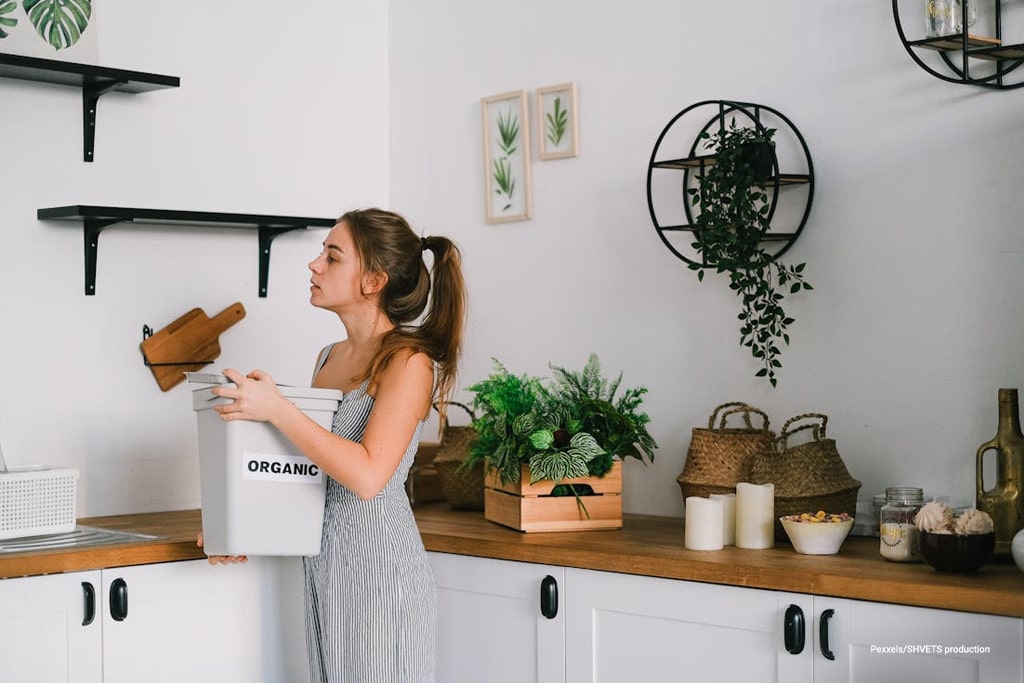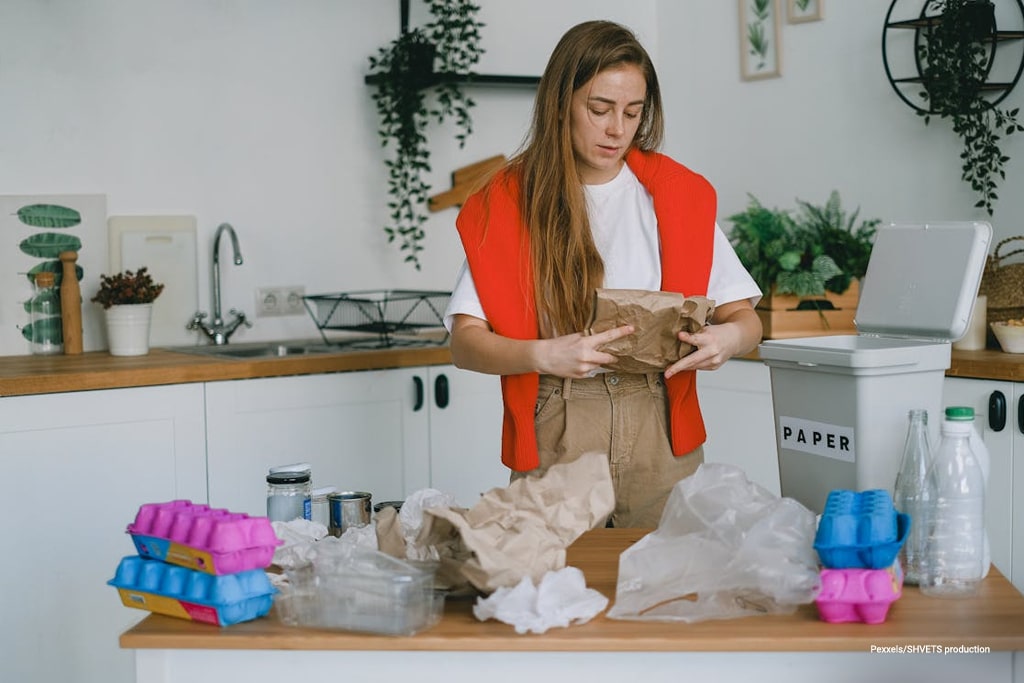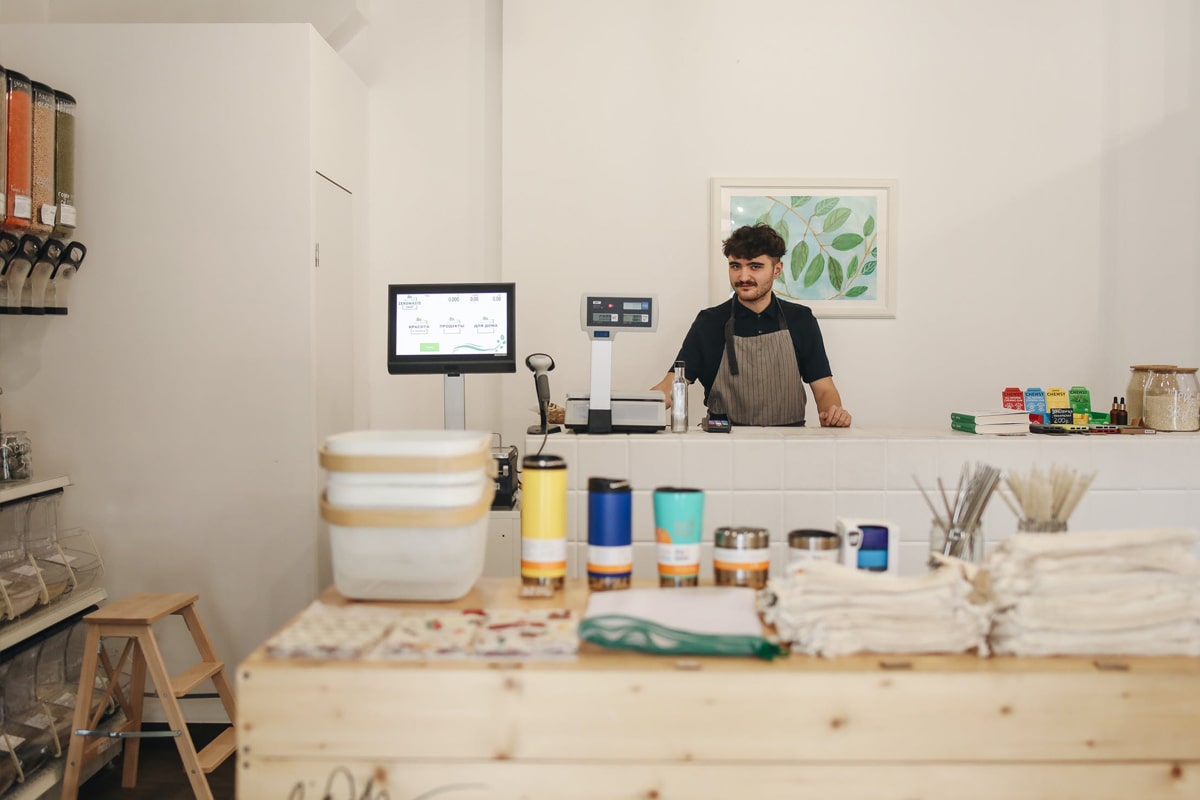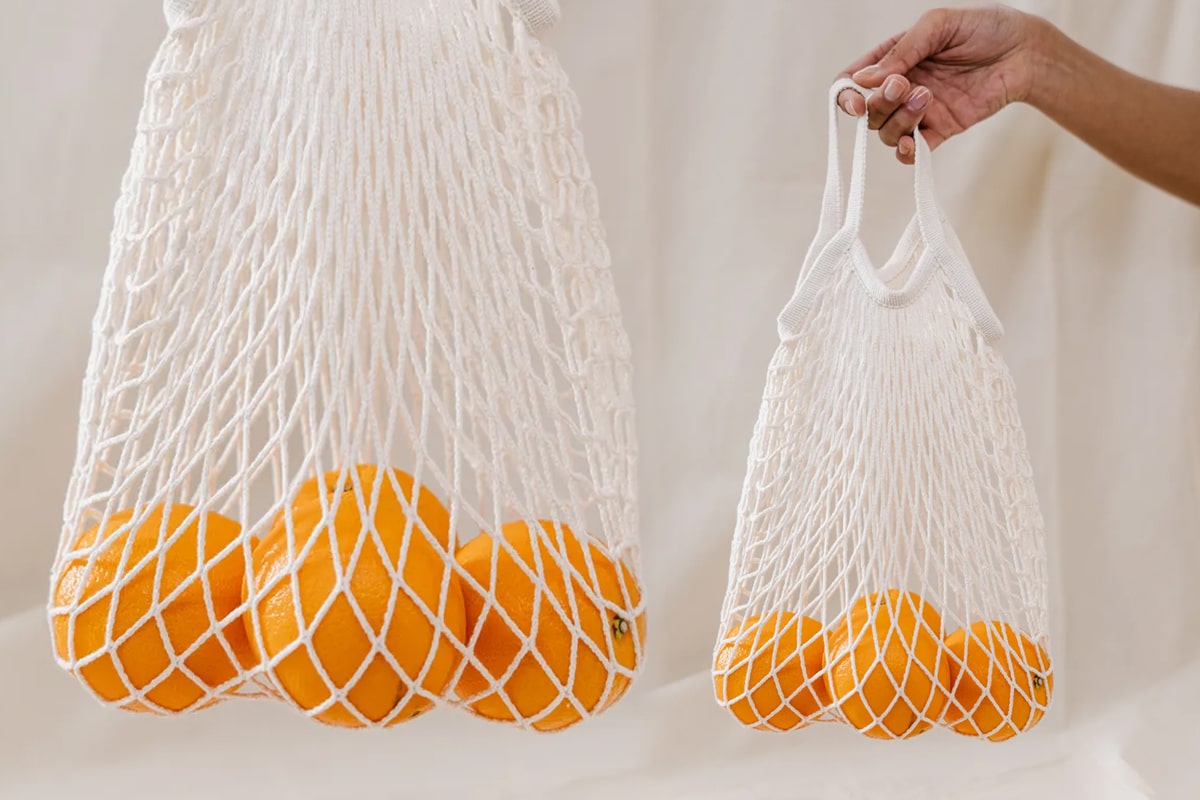- Assess your waste – Identify your biggest sources of trash.
- Pick a station spot – Dedicate a corner, cabinet, or cart.
- Compost bin – Add food scraps like peels, grounds, and shells.
- Recycling bins – Clearly label for paper, glass, metal, and plastics.
- Swap single-use – Cloth towels, glass jars, reusable bags, and straws.
- Reuse bin – Save jars, sturdy containers, or paper for crafts.
- Bulk storage – Store rice, beans, or pasta in reusable containers.
- Label & educate – Make it easy for everyone to follow.
- Make it pretty – Use stylish bins and labels to match your kitchen.
- Start small – Begin with composting and recycling, then build up.
- Cloth towels instead of paper towels
- Glass jars instead of plastic containers
- Reusable shopping and produce bags
- Stainless steel or bamboo straws
The kitchen is often the heart of the home, but it’s also where a significant amount of waste is generated. From food scraps and packaging to disposable products, it’s easy for waste to pile up. By setting up a zero-waste station in your kitchen, you can reduce your environmental footprint, save money, and create a more organized space.
Quick Zero-Waste Kitchen Checklist

Your Guide to Building an Eco-Friendly Kitchen
Here’s a step-by-step guide to help you get started.
1. Assess Your Current Waste
Before setting up a zero-waste station, take note of the types of waste your household produces most often. Is it food scraps? Plastic packaging? Single-use paper products? Understanding your biggest waste sources will help you tailor your station to your needs.
2. Designate a Zero-Waste Area
Choose a dedicated spot in your kitchen where you’ll sort and manage waste. This can be a corner, a cabinet, or a small cart. Having a specific space makes it easier for everyone in the household to build the habit.
3. Set Up Composting
Food scraps make up a large portion of kitchen waste. Add a compost bin or pail to your zero-waste station for fruit and vegetable peels, coffee grounds, eggshells, and other compostable items. Depending on your setup, you can use an indoor compost bin, a backyard compost pile, or a municipal composting program.
4. Organize Recycling
Make it simple to recycle by keeping clearly labeled bins for paper, glass, metal, and plastics. Check your local recycling guidelines to ensure you’re sorting items properly, since rules can vary.
5. Reduce Single-Use Items
Replace disposable items with reusable alternatives at your zero-waste station. For example:
6. Create a Reuse Bin
Some items don’t need to be tossed right away. Set aside a bin for things you might be able to reuse, like glass jars, sturdy containers, or paper that can be repurposed for notes or crafts.
7. Store Bulk Pantry Items
Keep reusable containers for storing pantry staples like rice, beans, pasta, or flour. Buying in bulk reduces packaging waste and often saves money.
8. Educate Your Household
A zero-waste station only works if everyone in the household participates. Label your bins, explain the system, and encourage family members to stick with it.
9. Make It Aesthetically Pleasing
Choose containers, bins, and labels that match your kitchen style. A visually appealing zero-waste station is more likely to be used and maintained.
10. Start Small and Build Up
You don’t need to be perfect from the start. Begin with composting and recycling, then add more zero-waste practices as they become part of your routine.
Creating a Greener Home

Setting up a zero-waste station in your kitchen is a practical and rewarding step toward living more sustainably. With the right tools and habits, you’ll cut down on waste, save money, and create a healthier, greener home environment.





